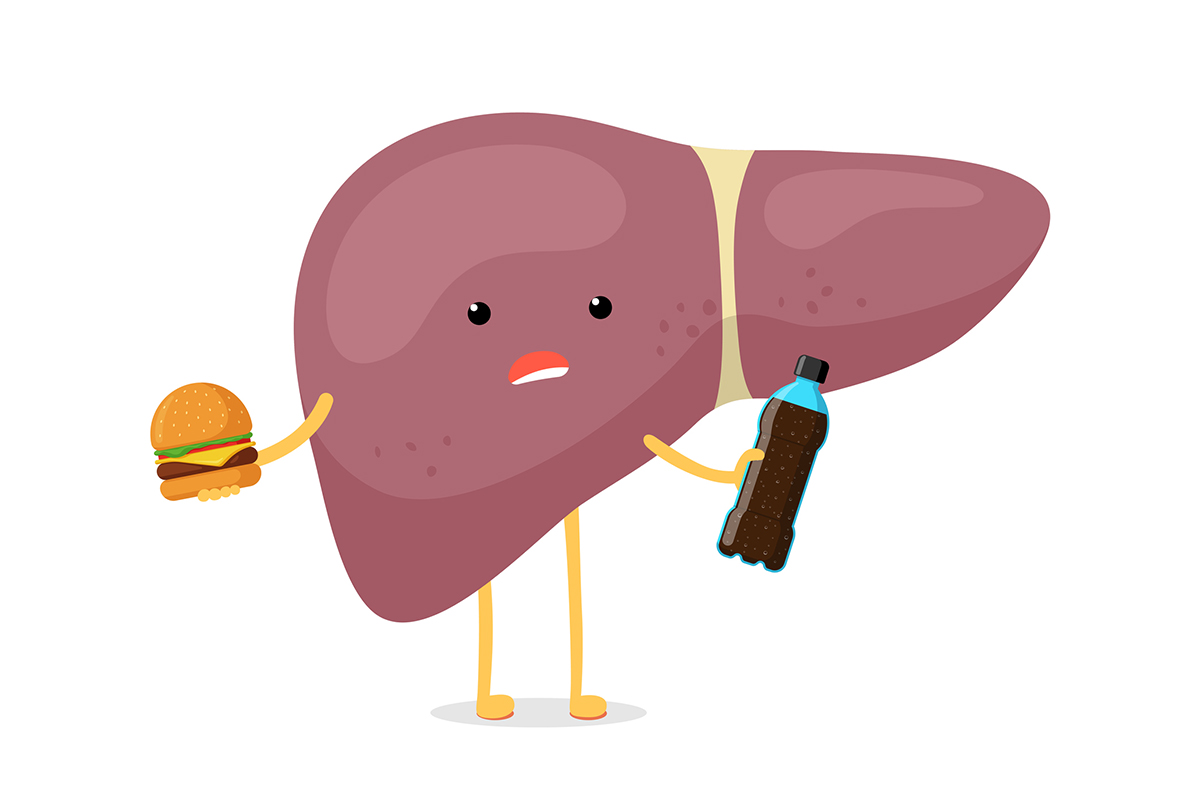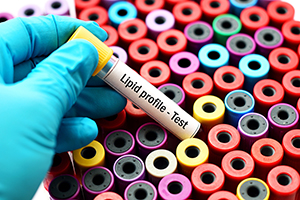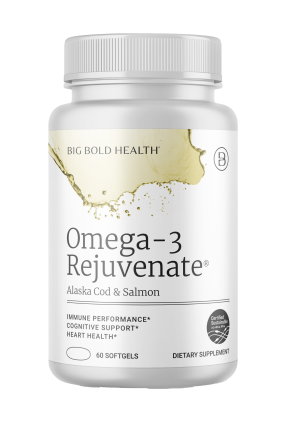In the latest attempt to remove “stigma” from medical terminology, liver specialists have come up with a new designation for what has been traditionally termed “fatty liver”. The “NA” part was originally intended to distinguish between those who damaged their livers with booze from the legions of non-drinkers whose liver problems arise from a new scourge: diet. The Mayo Clinic reports:
“A move is currently underway to change the name nonalcoholic fatty liver disease to metabolic dysfunction-associated steatotic liver disease (MASLD). Experts also have recommended changing the name nonalcoholic steatohepatitis to metabolic dysfunction-associated steatohepatitis (MASH).”
It’s thought that calling the condition “non-alcoholic” may paradoxically invite suspicion that sufferers are indeed closet drinkers; since many victims are overweight, the word “fatty” is felt to be pejorative—even though it accurately describes their livers.
PC considerations aside, I do like the inclusion of the word “metabolic” in the new moniker—it accurately reflects the fundamental interrelationships between insulin resistance/diabetes, obesity, gout, cardiovascular problems and liver disease.
Doctors zealously track risk factors for heart disease—now correctable with a plethora of drugs; they’re proactive, too, about early detection and treatment of cancer. Why not fatty liver? As of 2020, liver disease was ranked the 12th leading cause of death in the U.S., and the 8th leading cause of death for non-Hispanic African American/Black people aged 45–64 years old.
Nevertheless, physicians remain complacent about substantial changes that are precursors to life-threatening liver failure.
I wrote extensively about the pervasiveness of this condition last year:
“The prevalence of NAFLD in the general population ranges from 20% to 30% in Europe and is as high as 46% in the United States . . . Because of the ubiquity of NAFLD, BigPharma is hot on the trail of potential block-buster drugs to reverse it—so far with no luck.”
Until recently, the condition has gotten little attention. Only when it is advanced do doctors sound the alarm, often when it’s too late to reverse serious liver damage, sometimes necessitating liver transplantation (In the next 10-20 years fatty liver is predicted to become the leading reason for liver transplants—surpassing hepatitis C and alcohol). That’s why I’ve always emphasized early detection and prevention with lifestyle interventions—previously the only game in town.
That is, until the debut this year of the first FDA-approved medical treatment for MASLD or MASH: Rezdiffra. Suddenly, early detection and treatment of fatty liver is coming into vogue!
Direct-to-patient ads now tout:
“A new treatment for NASH with liver scarring without cirrhosis: The first and only FDA-approved once-daily treatment, along with diet and exercise, for adults with NASH with liver scarring . . . Ask your liver specialist if Rezdiffra is right for you.”
It’s pretty much standard in U.S. medicine: development of a new drug class ushers in a campaign to identify, treat and market a novel condition; suddenly, it’s in vogue. Think high cholesterol, menopause, osteoporosis, attention deficit disorder, overactive bladder, erectile dysfunction, and soon Alzheimer’s Disease—you get the idea.
I’m hesitant to recommend Rezdiffra for any but the most advanced forms of MASH. I’ve found that lifestyle measures coupled with supplements have reversed even the stubbornest cases without fail—if adhered to.
In addition to being pricey—around $4,000 per month—Rezdiffra comes with an array of side effects; they include diarrhea, nausea, vomiting, itching, or dizziness. Gallbladder problems and pancreatitis can occur. And Rezdiffra is not indicated for use against garden-variety MASLD; it is intended only for those who’ve progressed to the more serious stage of MASH.
Weight loss is a remedy for fatty liver, so it’s no surprise that the current raft of semaglutide and combo meds are showing promise for resolution of liver abnormalities. In one study:
“There was a significant improvement in liver fat content and liver stiffness . . . However, the risk of serious adverse events was high following semaglutide treatment as compared to placebo; the most common ones were gastrointestinal (nausea and vomiting, dyspepsia, decreased appetite, constipation, and diarrhea) and gallbladder-related diseases.”
The advantage of natural approaches for fatty liver is that, not only are they free of side effects, they improve the life-shortening concomitants of the condition—high blood pressure, adverse lipid ratios, inflammation and elevated blood sugar.
How do you know if you have MASLD or MASH? Using the waist circumference-to-height ratio, you’re likely to have it if the result is 0.5 or higher. I.e., if you’re 5’10” (70”) and have a 40 pants size, you are almost certain to have some degree of fatty liver.
Other risk factors include fasting triglycerides over 150, cholesterol to HDL ratio of 4.5:1 or greater, hemoglobin A1c higher than 5.8, uric acid over 6.0 and liver function tests with AST and/or ALT over 30. GGT is an infrequently performed but useful test for oxidative stress in the liver. Note that current “normal” ranges for liver function are much more lenient than they should be, reflecting population averages rather than optimal scores, so fatty liver is often overlooked.
Iron overload complicates MASH so getting iron and ferritin levels checked makes sense, too.
Some studies have highlighted the benefits for predicting fatty liver via body composition analysis yielding estimates of fat vs. lean body mass—particularly where DEXA devices can specifically identify visceral fat accumulation. The technique may be able to herald liver trouble in individuals not yet overtly obese, but already metabolically-compromised, particularly females.
Savvy doctors are now employing the recently developed “ELF” blood test algorithm to gauge liver fibrosis. If you have the results of a recent blood test you can plug them into a “FIB-4 Index” calculator to spot trouble.
The “gold standard” test for detecting liver abnormalities is still the right upper quadrant ultrasound which can detect fat infiltration, but the newly-popular Fibroscan test can determine how far it’s progressed towards fibrosis and cirrhosis. There’s no doubt the Fibroscan will be popularized as an enrollment strategy for the pricey new med.
The hope is that the introduction of drug fixes for what is essentially a consequence of modern lifestyles will increase awareness, but without superseding tried and true natural methods for reversal of MASLD, MASH, or whatever we now choose to call it. If not, the condition will be medicalized, unnecessarily placing tens of millions more Americans on the conveyor belt to polypharmacy, without addressing root causes of their condition.
The TAKE-HOME: Medical nutritionists and integrative physicians are ideally situated to curb the modern epidemic of liver disease—irrespective of whether you’re NAFLD-ed, NASH-ed, MAFLD-ed, or MASH-ed.
For natural strategies to reverse metabolic liver disease, see my recent newsletter article.







